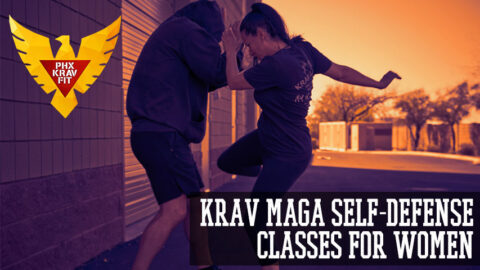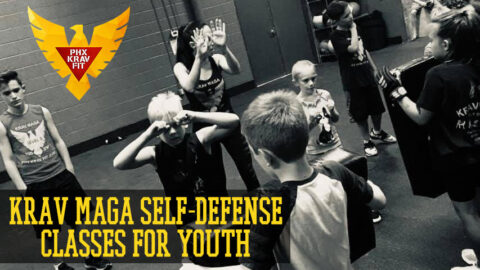How to Use Bruce Lee’s Five Ways of Attack in Self-Defense
One of the key methods in self-defense that Bruce Lee introduced is the Five Ways of Attack. These fundamental concepts can make it easier for you to practice and excel at almost any self-defense situation, or even integrate in your own combat system. Do not commit the mistake of sticking to only the techniques that you are comfortable with, because you never know what your enemy will throw at you.
I will be honest, and say that covering all fives ways of attack in one short article will be a challenge, but I encourage you to see this as a simple introduction, where you can get a couple fighting tips and work them into your own fighting style.
The Five Ways of Attack are: the Single Direct Attack (SDA), the Hand Immobilization Attack (HIA), the Progressive Indirect Attack (PIA), the Attack by Combination (ABC), and the Attack by Drawing (ABD).
Let’s define each in short order to give you a quick overview of each. The SDA is a “Single Direct Attack” and is defined as a direct attack that is made up of a single movement. It is straightforward because it targets the opponent by the most direct route. For example, directly punching someone in the face would be a blunt example of this method. In the SDA, you start from a standing “on guard” position and then you attack in either a straightforward strike, with a punch or kick as an example.
Second, the HIA, on the other hand, traps the opponent’s hand, leg or head. Use this attack when there’s a barrier that prevents you from striking. You can also use it to add protection when covering a threatening weapon, or when you want to force an opening. This technique has roots that can be traced back to Wing Chun, which is interesting as it was Bruce Lee’s first art form.
The most common start to the HIA is to grab your opponent’s hand so he is unable to use it to attack you. When you are able to do this, then you have the chance to deliver your blow successfully. The most basic sequence is to feint, grab and then attack.
Next, the PIA is a fake which mimics how your opponent moves then you suddenly shift your intention and attack. When using this technique, you are basically setting a wrong expectation so you get to deliver an attack more successfully.
For the PIA, you feint to the head but you go for the body, and vice versa. However, before you commit to a full attack, you first have to make sure that your opponent reacts to you; otherwise, the attack will fail. You may need to mix direct attacks so that the opponent will fall for the fake.
Fourth, there’s the ABC, which is “Attack by Combination, and is a sequence composed of two or more single attacks. Targets could be single or multiple, hitting both high and low targets.
To perform the ABC, you take advantage of the potential energy in the body – that’s physics at work. Perfect examples of ABC can be seen in boxing, where boxers create an opening in order to deliver the most painful blow to the opponent.
Finally, there’s the ABD or “Attack by Drawing”, which is more complex in idea but still simple in execution. What you do when performing this technique is to first draw the opponent in before you attack him. You do this by creating an opening and then you strike the opponent when he is just stepping forward.
The best example is when you drop your leading hand to expose your head to rear hand attacks. But when your opponent uses his rear hand, it creates an opening in his trunk that you can take advantage of.
Remember that this is taken from a counter-offensive art that is based on high-level and integrated combat principles. The system was designed to stop an opponent dead in their tracks, and that’s what the Five Ways of Attack does, however the tactics are simple where you can use it immediately after minimal training and experimentation. There is no doubt you’ll have favorites, but the point of this simple cluster of methods is to give you a range of tools to use in combat. In short, it gives you several different methods making you a well rounded fighter without having to log in years of training.



